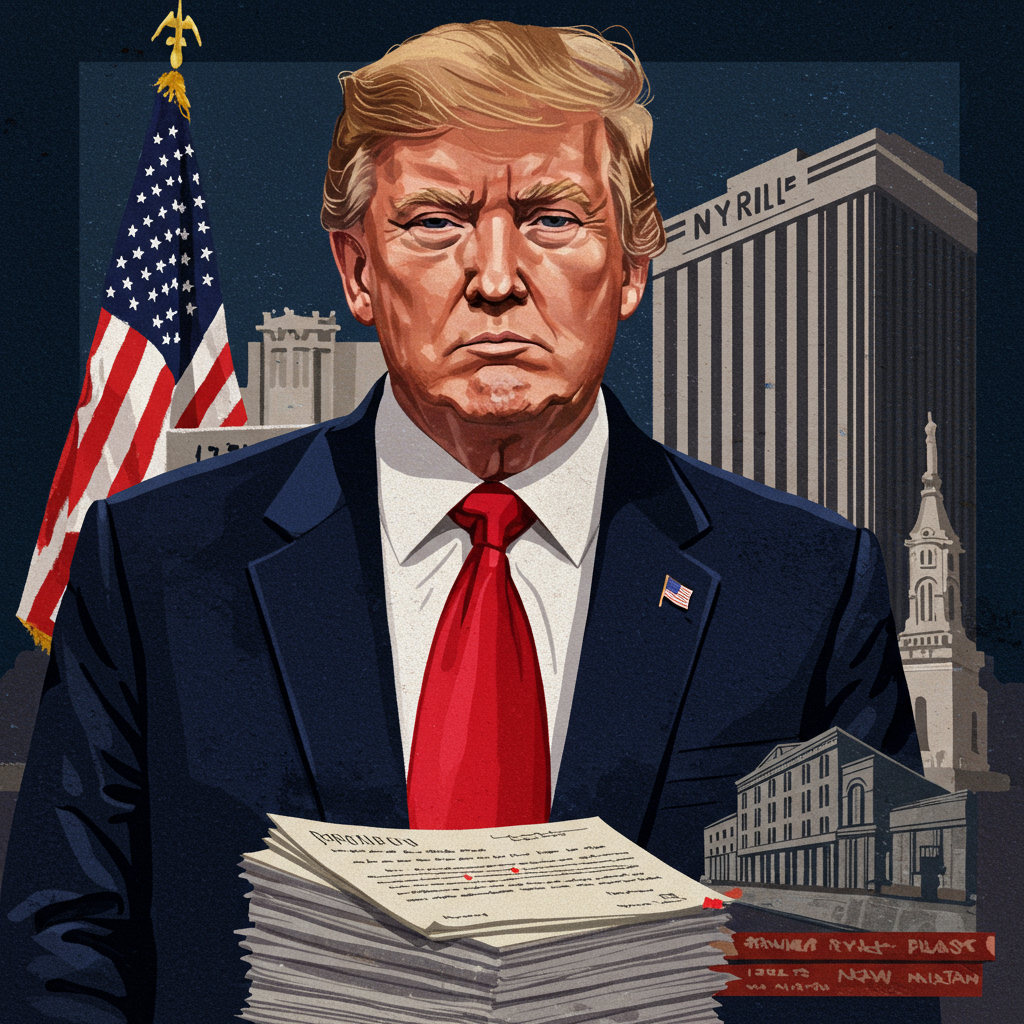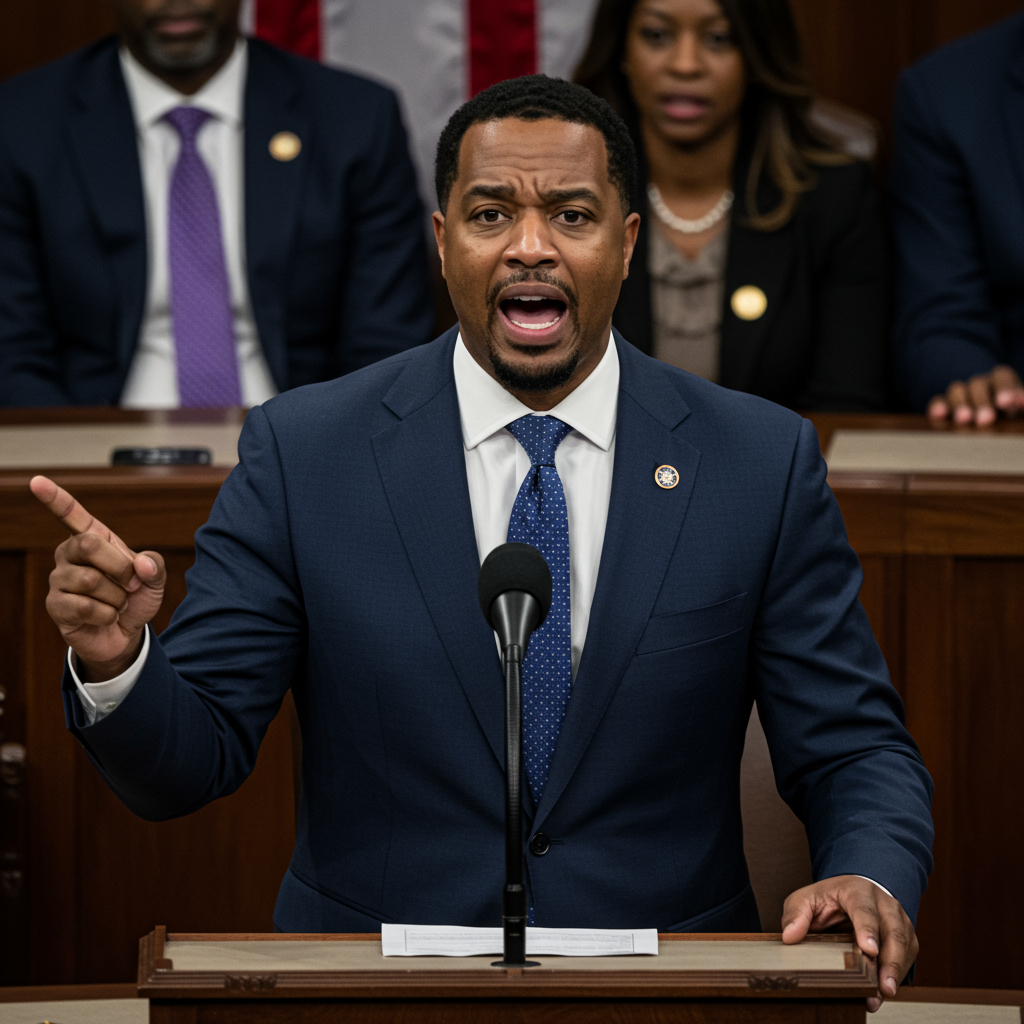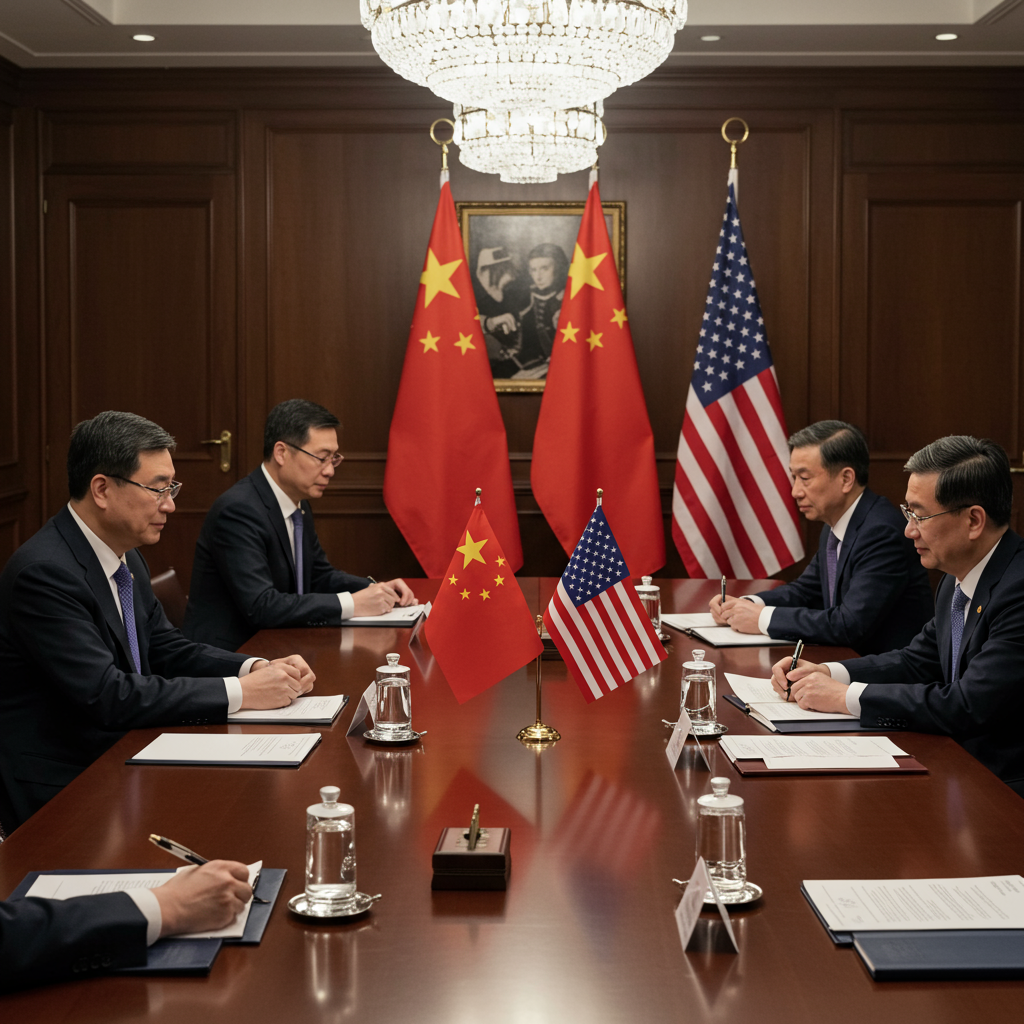Donald Trump’s recent multi-billion dollar lawsuit against The New York Times is not merely a legal dispute; it marks a significant escalation in his long-standing strategy of “presidential lawfare.” This tactic, designed to intimidate and undermine independent media, poses a profound challenge to journalistic integrity and the principles of a free press. As newsrooms grapple with an evolving digital landscape, these sustained legal attacks add unprecedented pressure, raising critical questions about the future of news reporting and media accountability.
The New York Times Lawsuit: A Pivotal Battleground
The recent legal action targeting The New York Times, filed in Florida, stands out for its sweeping and, at times, audacious claims. Trump’s lawsuit boldly alleges “persistent election interference” by legacy media, specifically pointing fingers at the Times. It cites a book co-authored by two Times reporters and three distinct articles, portraying them as part of a malicious campaign. Intriguingly, the legal filing even includes passages that read more like promotional material, such as describing “The Apprentice” as representing “the cultural magnitude of President Trump’s singular brilliance.” The New York Times has firmly dismissed the lawsuit, declaring it “has no merit.”
This particular case is far from an isolated incident. It represents the fourth multi-billion dollar suit Trump has initiated against separate media companies since his return to office. This pattern underscores a deliberate and consistent strategy, prompting media executives to deeply consider its long-term objectives and implications for the broader industry.
Unpacking Trump’s “Presidential Lawfare” Strategy
Many experts view these legal challenges as a calculated form of “presidential lawfare.” It’s a strategic deployment of legal processes for political ends, aiming to shape public discourse and neutralize critical voices. The approach is multifaceted, pursuing both direct intimidation and strategic bypass of traditional news outlets.
The Chilling Effect: Silencing Critical Voices
One primary objective of these lawsuits is to create a “chilling effect” on reporting. By repeatedly initiating costly legal battles, the strategy aims to deter journalists and news organizations from publishing critical stories. Joel Simon, director of the CUNY Journalism Protection Initiative, described the NYT lawsuit as an “alarming escalation,” though not entirely unexpected. Simon notes that news organizations nationwide are actively preparing for more such legal actions. He highlights a “broader campaign to degrade, intimidate and undermine the media as an independent and critical institution.” The financial and reputational burden of defending against such suits can significantly impact newsrooms, particularly those with fewer resources.
Previous instances illustrate this pressure. Paramount, the owner of 60 Minutes, settled a similar action while navigating a delicate merger. Likewise, Disney, parent company of ABC News, opted to settle a lawsuit from Trump. These settlements, regardless of merit, can be perceived as victories for the plaintiff, potentially emboldening further legal challenges.
Bypassing Mainstream Media: The Dual Strategy
Nic Newman, a senior research associate at the Reuters Institute for the Study of Journalism, frames Trump’s approach as a “dual strategy.” On one hand, it seeks to “cow the mainstream media” through legal pressure, a tactic seen in various parts of the world. On the other, and equally crucial, it aims to “bypass them” entirely. This bypassing involves engaging with sympathetic podcasters and YouTubers within the “Maga media” ecosystem. This alternative network allows Trump to control the narrative, amplify his message, and reduce critical scrutiny from traditional journalists. This direct communication channel effectively side-steps the editorial filters and fact-checking processes of established news organizations.
A Vulnerable Press: Broader Challenges Facing Newsrooms
Trump’s “lawfare” tactics hit news organizations at a time when they are already facing unprecedented pressures. The entire media industry is undergoing a significant transformation, confronting what many describe as an “existential crisis” for the online news model.
Advances in artificial intelligence, particularly Google’s AI Overviews and AI Mode, are dramatically reducing click-throughs to publisher websites. Users often find answers directly within search results, negating the need to visit the original source. This shift can slash traffic to news sites by as much as 90% for certain content. Such developments intensify the urgency for publishers to diversify revenue streams and cultivate direct reader relationships, lessening their historical reliance on external platforms.
Large publishers like Reach, behind titles such as the Daily Mirror and Daily Express, have announced significant job cuts, with hundreds of editorial roles at risk. This restructuring is a direct response to changing reader habits and the profound impact of AI. Despite reporting profits, the need to adapt leads to “relentless and deep rounds of redundancies.” This ongoing financial strain and uncertainty make news organizations more susceptible to external pressures, including costly legal battles.
Against this backdrop, media outlets are actively re-strategizing. The Guardian, for instance, relaunched its mobile app and redesigned its homepage as part of a “mobile first” strategy. This aims to deliver more personalized, visual journalism and strengthen direct engagement with its over 1 million daily app users. Concerns about AI chatbots delivering information without proper attribution further underscore the need for publishers to build resilient, direct relationships with their audiences, independent of external platforms.
High-Stakes Legal Battles: Risks and Resilience
While Trump may perceive past settlements as successes, the dynamic of his legal tactics could change as certain cases proceed to court. A significant upcoming case involves The Wall Street Journal and its owner, Rupert Murdoch, concerning a report about an alleged lewd note to Jeffrey Epstein, which Trump denies authoring. Trump also has legal action pending against the Des Moines Register and pollster Ann Selzer, over a poll published before the election that showed Kamala Harris in the lead. Though described as weak, this case highlights the potential chilling effect on independent data availability.
Both The New York Times and Murdoch’s News Corp possess significant financial muscle and political resolve. They are well-positioned to see these cases through, potentially creating substantial risks for Trump himself. Court proceedings often involve discovery, which could lead to the divulgence of information relevant to the case, information the plaintiff might prefer to keep private. The willingness of powerful media entities to fight these battles signals a potential shift in the effectiveness of the “lawfare” strategy, pushing the boundaries of how a president interacts with a free and critical press. The idea of a “united front” among media organizations, showing solidarity against these tactics, also reflects a growing recognition of the collective pressure facing the industry.
Frequently Asked Questions
What exactly is “presidential lawfare” in the context of Trump’s actions?
“Presidential lawfare” refers to the strategic use of legal processes, such as multi-billion dollar lawsuits, by a president or former president to achieve political objectives. In Trump’s case, it involves filing numerous high-stakes defamation or interference suits against major news organizations. The goal is often twofold: to intimidate critical media outlets, creating a “chilling effect” on reporting, and to bypass traditional media by generating content and narratives for sympathetic alternative platforms. This allows for direct messaging to supporters while simultaneously discrediting or silencing mainstream scrutiny.
How do these lawsuits, like the one against the New York Times, affect news organizations and journalistic practice?
These lawsuits impose significant financial and reputational burdens on news organizations. Defending against multi-billion dollar claims can be incredibly costly, draining resources that could otherwise be invested in journalism. Beyond the financial aspect, they can create a “chilling effect,” where journalists and editors might self-censor or hesitate to publish critical stories to avoid potential legal battles. This pressure erodes editorial independence, distorts public discourse, and undermines the media’s role as a watchdog, especially when coupled with existing industry challenges like declining ad revenue and AI’s impact on web traffic.
What broader challenges does the media industry face, alongside political pressure, in the current digital landscape?
The media industry is grappling with an “existential crisis” driven by fundamental shifts in reader habits and technological advancements. The rise of AI, particularly tools like Google’s AI Overviews, dramatically reduces direct traffic to news sites as users find answers in search results. This forces publishers to pivot away from reliance on advertising revenue towards direct reader relationships, subscriptions, and new content formats like video and audio. Financial pressures, resulting in significant job cuts across newsrooms, weaken media organizations at a time when political “lawfare” tactics demand greater resilience and resources for defense.
Conclusion
Donald Trump’s ongoing “presidential lawfare,” epitomized by his lawsuit against The New York Times, represents a significant and evolving threat to independent journalism. It is a deliberate strategy aimed at intimidating critical media, controlling narratives, and circumventing traditional journalistic scrutiny. This legal offensive strikes at a time when news organizations are already contending with profound shifts in reader behavior and the disruptive impact of artificial intelligence.
The combined force of political pressure and technological disruption highlights the urgent need for a resilient and robust free press. The financial muscle of entities like The New York Times and Rupert Murdoch signals a potential pushback against these tactics, yet the broader implications for smaller, less resourced newsrooms remain a serious concern. Safeguarding journalistic independence and ensuring public access to critical, unbiased information is paramount for the health of democratic discourse, making the outcomes of these high-stakes legal battles crucial for the future of media.




